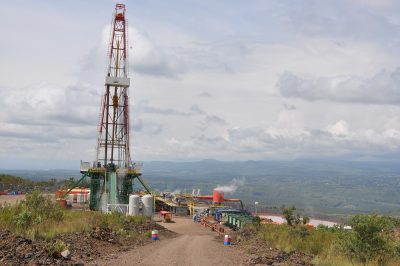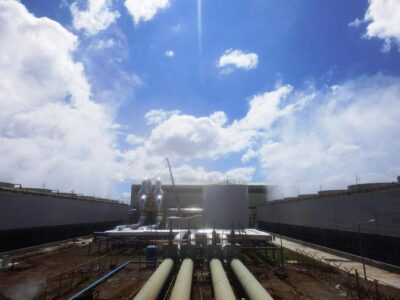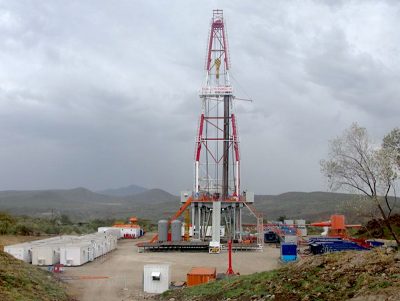Geothermal energy becoming predominant source of electricity in Kenya
With geothermal energy now representing around 50% of the electricity supply of Kenya, businesses and the population benefit in the form of lower electricity prices.
Geothermal energy plays an increasingly important role in the energy market in Kenya, contributes about 50 percent of electricity in the energy mix, while hydro currently stands at 39 percent from a low of 21 percent while thermal has declined to 15 from 32 percent in first six months of the year. Wind power, on the other hand, contributes a paltry 0.4 percent, according to the Energy ministry.
There is though another benefit of geothermal power, as it is driving down electricity tariffs in Kenya. Production of the geothermal energy as source of electricity peaked at 415 million kilowatts per hour (KWh) in August, the highest ever, latest economic data from the Kenya National Bureau of Statistics (KNBS) showed this week.
The surge happened as the country stepped down production from thermal sources which had risen in the last months due to erratic rainfall.
The dry spell had forced the country to cut down power production from hydro sources to a low of 180 million KWh per month and compensate the drop with thermal power, whose generation had peaked at 274.3 million KWh.
The situation led to rise in power tariffs in the East African nation especially in the first half of the year, with families that consumed 200 KWh in August paying up to $39 while those that consumed 50 KWh paid $6.4.
Geothermal power production has been on the rise since June, according to the KNBS of data. While Kenya produced 415 million KWh in August, this was a rise sustained rise from 401 million KWh in July and 376 million KWh in June.
Similarly, hydropower production was on the increase in the period surging to 251 million KWh in August, from 193 million KWh in July and 180 million KWh in June.
With the rise in production of both hydro and geothermal power, the bad times for consumers seem to be coming to an end as tariffs start to fall.
In September, houses that consumed 200 kWh paid $36 down from $39 in the previous month, according to the KNBS. On the other hand, those that used 50 kWh paid $5.8 down from $6.4 in August.
The fall in power tariffs contributed to the overall decline in inflation during the month to 7.06% from 8.04% on September.
“The housing, water, electricity, gas and other fuels’ index decreased by 0.16 per cent. This was mainly due to notable decrease in the cost of electricity which outweighed observed marginal increases in the cost of house rents and cooking fuels,” noted KNBS last week while releasing inflation data.
Most consumers acknowledged that they noticed a decline in power bills albeit marginally in September as compared to August. Analysts note that the high cost of electricity mainly burdens middle-income households as they are the biggest consumers of power. But a step up in geothermal power production “portends good times for consumers and is what the country needs,” reckoned Henry Wandera, an economics lecturer in Nairobi.
Kenya added 280 MW of geothermal power generation capacity in June 2013, bringing the total installed power generation capacity of the country from 1,765 MW to 2,327 MW as of December 2016.
The result is that the region’s biggest economy has not experienced any blackouts or power shortages for over a year since thermal power production was increased.
Source: News Ghana/ Xinhua


















